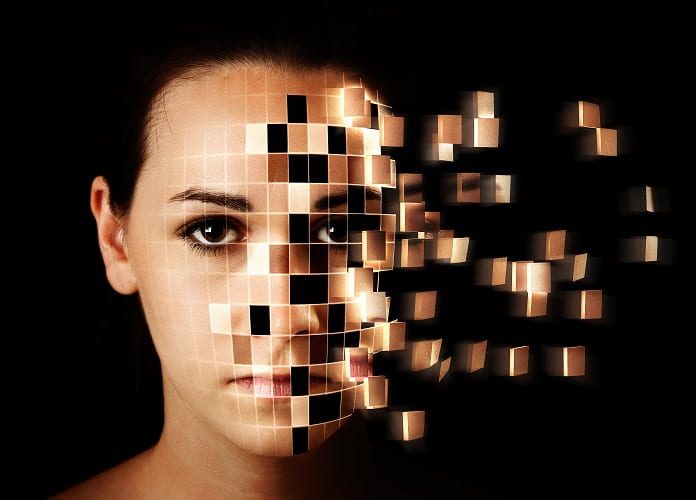A new technique has recently been developed at The University of Waterloo, which will hopefully allow doctors to detect autism more effectively.
Autism spectrum disorder (ASD) affects approximately 2% of the population. It is a neurodevelopmental disorder involving limitations in social communications and repetitive behaviours. Those with ASD also display attention biases during social interactions, known as visual social attention, which are very different to those without ASD. Due to this visual social attention difference between those with and without ASD, researchers at The University of Waterloo decided to study how children with ASD scan a person’s face in comparison to those without ASD.
The findings of this study allowed the researchers to then develop a new method, that deals with how a child shifts their gaze, in order to aid in the diagnosis of autism. According to the researchers who created this technology, this method will help alleviate stress for children during the diagnostic process. The researchers also suggest that using this method, in conjunction with existing methods, should allow doctors to circumvent a false-positive diagnosis.
During the development of this technique, the researchers assessed 17 children with ASD and 23 without ASD. The method involved an eye-tracking system that employs an infrared device that determines the locations that each child looks at, based on the emission and reflection of wave from the iris. Each child was shown 44 photographs of faces during this process, using a 19-inch screen.
Each photograph was segregated into seven areas of interest (AOIs), of which children concentrated their gaze: below right eye, right eye, below left eye, left eye, nose, mouth, and other parts. Specifically, the researchers wanted to determine how much time each child spent looking at each AOI, and how the eyes transitioned when looking at different areas of the faces. To do this, the researchers used four varying concepts of network analysis to determine the importance that each child gave the AOIs during the exploration of faces.
The two most popular methods currently being used to assess ASD include a questionnaire or a psychologist evaluation. If used together with existing methods, this novel technique may improve the diagnosis of ASD in children.
Written by Jade Marie Evans, PharmD
References:
Sadria, M. et al 2019. Europe PMC. [Online]. [31 July 2019]. Available from: https://europepmc.org/abstract/med/31276943
Eurekalert . 2019. New technique developed to detect autism in children. [Online]. [31 July 2019]. Available from: https://www.eurekalert.org/pub_releases/2019-07/uow-ntd070519.ph



